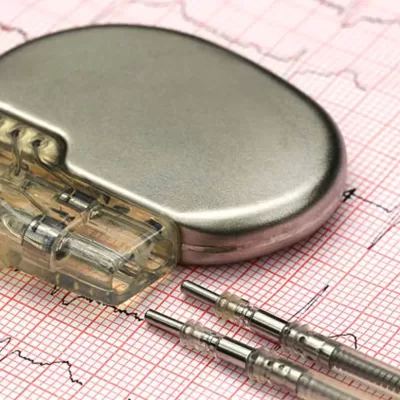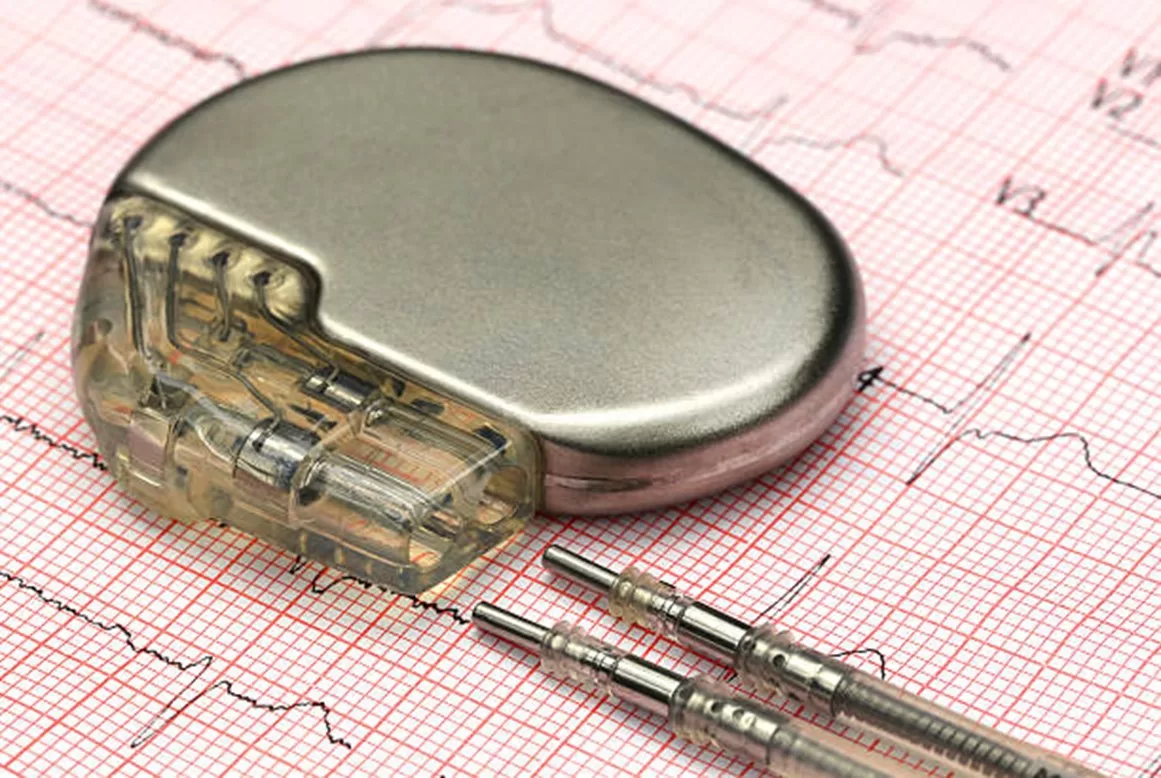In the world of modern medicine, RFID technology stands as an unsung hero, silently facilitating a multitude of vital functions behind the scenes. Among the many beneficiaries of this technology are pacemakers and hearing aid devices, two medical marvels that rely on RFID to improve the quality of life for countless individuals.
Understanding RFID Technology :
RFID technology involves the use of electromagnetic fields to identify and track objects or individuals. It operates through the interaction between RFID tags (tiny devices containing electronic information) and RFID readers (devices that send and receive data). This technology has evolved to play a pivotal role in various industries, including healthcare.
Pacemakers: Enhancing Cardiac Care with RFID Technology
What Is a Pacemaker?
A pacemaker is a remarkable medical device designed to regulate and normalize irregular heart rhythms in individuals with cardiac rhythm disorders. It's a small, implantable device that works tirelessly to keep the heart beating in a regular, synchronized rhythm, ensuring adequate blood flow and oxygen delivery throughout the body.
How RFID Is Used in Pacemakers?
RFID technology, a sophisticated system can play a crucial role in personalizing and fine-tuning the device's performance. Within the heart of a pacemaker resides a small yet mighty RFID tag, discreetly storing a lot of patient-specific data. This digital repository not only stores essential device settings but also a comprehensive patient history. It's like having a personal medical diary embedded within the pacemaker's circuits.

- Patient Data : The RFID tag contains critical information such as the patient’s cardiac condition, historical data on heart rhythms, and any previous interventions or adjustments made to the pacemaker. This information forms the cornerstone of effective cardiac care.
- Wireless Communication : RFID readers, the healthcare professional’s trusted tool, communicate with the RFID tag wirelessly. This communication doesn’t involve any invasive procedures or physical contact with the pacemaker itself. Instead, it’s like a digital handshake between the reader and the RFID tag.
- Precision Adjustments : Armed with the data from the RFID tag, healthcare professionals can perform a range of precision adjustments to the pacemaker’s settings. These adjustments might include altering the pacing rate, modifying the response to specific heart rhythms, or optimizing battery usage.
Benefits :
- Real-Time Remote Monitoring : The advent of RFID technology has ushered in a new era of real-time remote monitoring for pacemaker recipients. This means that patients’ cardiac health can be continuously tracked from the comfort of their own homes. The pacemaker communicates with a remote monitoring system through RFID, transmitting essential data about heart rhythms and device status. Healthcare providers can then review this data remotely, ensuring that the pacemaker is functioning optimally.
- Reduced Dependency on In-Person Check-Ups : In the past, pacemaker recipients often had to endure frequent in-person check-ups, which could be inconvenient and disruptive to their daily lives. With RFID-enabled pacemakers, the need for these frequent visits to the hospital or clinic is significantly reduced. Patients can now enjoy a higher quality of life with fewer disruptions to their routines.
- Swift and Targeted Interventions : RFID technology allows healthcare professionals to identify issues or anomalies in the pacemaker’s performance promptly. In case of any concerns, they can make precise adjustments remotely. This means that potential problems can be addressed swiftly, reducing the risk of complications and enhancing patient safety.
- Peace of Mind : For pacemaker recipients, RFID-enabled pacemakers offer peace of mind. They know that their cardiac health is continuously monitored, and any necessary interventions can be made promptly. This reassurance can significantly improve their overall quality of life.
- Real-World Example :Medtronic, a renowned medical device company, offers RFID-enabled pacemakers like the Medtronic Azure™ pacemaker ( Blusync technology) .This device allows doctors to monitor and adjust the pacemaker’s settings through a secure online portal, ensuring optimal performance for patients.
Hearing Aids: Enriching Auditory Experiences with RFID Technology
What Is a Hearing Aid?
A hearing aid is a remarkable assistive device designed to improve auditory experiences ( Hearing levels) for individuals with hearing impairments. These devices can significantly enhance the quality of life for those affected by hearing loss, allowing them to engage more fully in conversations, enjoy music, and participate in various activities.
How RFID Is Used in Hearing Aids?
In the world of hearing aids, RFID technology plays a transformative role, offering personalized auditory solutions and seamless maintenance. Within the compact design of a hearing aid, an RFID tag quietly holds a trove of patient-specific data. This digital vault stores essential settings, user preferences, and audiometric data, creating a tailored auditory experience.
- User Preferences : The RFID tag stores individualized user preferences, allowing the hearing aid to adapt to various listening environments. Whether it’s a bustling restaurant or a quiet library, the hearing aid fine-tunes itself to optimize sound quality.
- Audiometric Data : Audiometric data, including information about the user’s specific hearing loss, is securely stored within the RFID tag. This data serves as the foundation for precise adjustments and ensures that the hearing aid delivers optimal performance.
- Wireless Communication : : RFID readers, communicate wirelessly with the RFID tag within the hearing aid. This connection allows audiologists to make real-time adjustments to optimize the device for the user’s unique needs.
Benefits
- Personalized Listening Experience : RFID-enabled hearing aids offer a highly personalized auditory experience. Users can enjoy clear, tailored sound quality in various environments, enhancing their ability to engage in conversations and appreciate music.
- Adaptive Sound Management : These hearing aids possess the intelligence to adapt to changing acoustic environments. The RFID technology ensures that the hearing aid can seamlessly switch between settings, whether the user is in a noisy restaurant or a quiet park.
- Efficient Adjustments : With RFID technology, hearing care professionals can make precise adjustments remotely. This means that users can experience swift and accurate modifications to their hearing aids without frequent in-person appointments.
- User Comfort and Convenience : RFID-enabled hearing aids prioritize user comfort and convenience. They can be fine-tuned to ensure optimal sound quality while minimizing feedback or discomfort.
- Real-Life Example :Widex, a prominent hearing aid manufacturer, offers the Widex EVOKE hearing aid, which utilizes RFID technology .This innovative device empowers audiologists to fine-tune hearing aid settings based on the user’s real-life experiences and preferences. Imagine hearing your favorite song with unparalleled clarity, and you’ll understand why RFID technology is making waves in the world of hearing aids.

